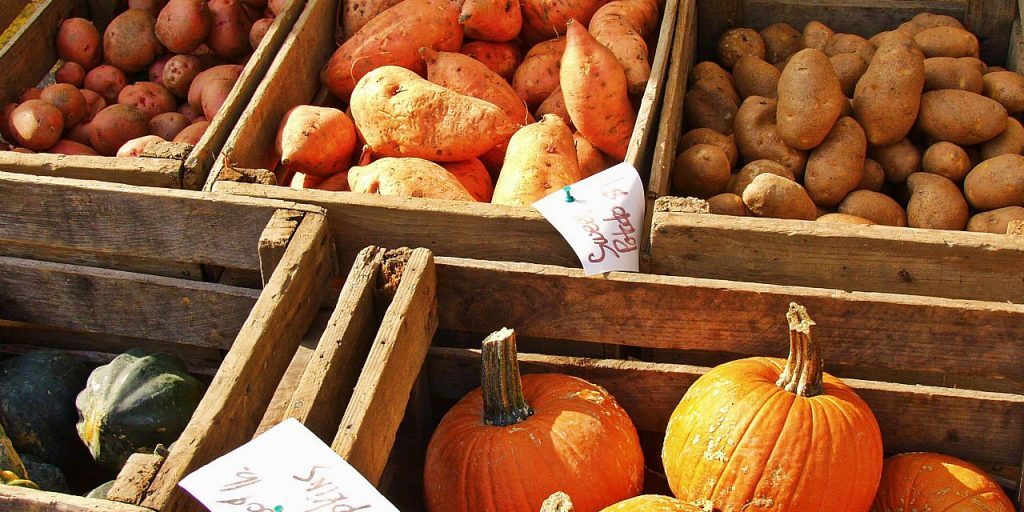There’s a lot to be said for the Ayurvedic philosophy of how to eat seasonally to to protect your health. And it’s not just Ayurveda – every culture in the world bases its traditional cuisine around the seasonal foods that keep us in optimum health.
As the weather cools down in the Fall, it’s time to fill our baskets and shopping carts with the following foods:
- Winter Squash
- Beets
- Pumpkin
- Kolrabi
- Dark, leafy greens
- Carrots
- Turnips
- Parsnips
- Sweet potatos
- Brussels sprouts
- Cabbage
- Mushrooms
- Apples
- Pears
- Nuts
This also the time of year to start to eat more cooked food. Cooked foods such hearty soups, stews, and roasted veggies are warming, filling, satisfying, and often easier to digest. My favorite Fall/Winter ways of cooking include:
- Slow-cooking
- Baking
- Roasting
- Steaming
The Ayurvedic philosophy invites us to try to understand the qualities of each season to protect ourselves from adverse health effects. Do you know which dosha (body type) you are? If not, you can take this fun quiz to find out. Once you have discovered your type, you can learn the best way for you to eat during this season. Each season also has the predominant characteristics of one of the 3 doshas.
Fall and early Winter tend to be “Vata”months – the cold, dry, rustling leaves season. This is a time when we tend to get dry skin, irregular digestion, and become a bit discombobulated! The antidote is to:
- Eat warm, moist foods such as soups and stews
- Drink warm, comforting beverages such as chai tea, or golden milk or my Turmeric Chai Tea (anti-inflammatory)
- Meditate
- Sleep longer
- Stick to a daily routine
- Practice gentle yoga daily
The word to keep in the top of your mind in the Fall is, “Comforting.” It’s time for our body to slow down a bit, to go within, and to curl up on the couch with a steaming cup of Chai or veggie soup, and a really great book!



